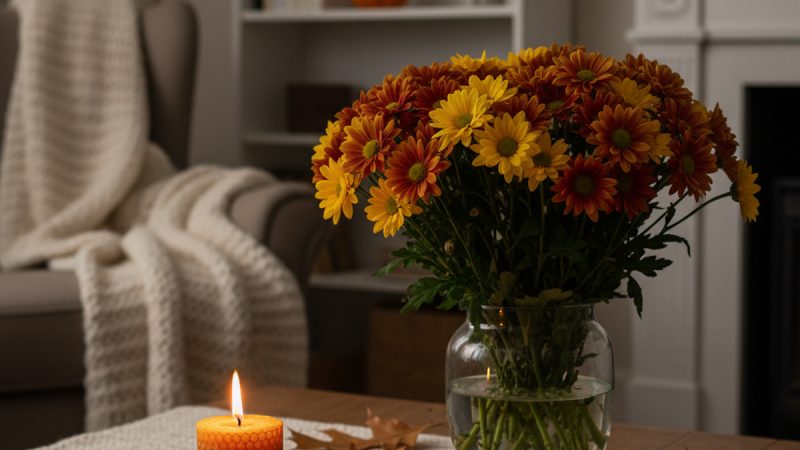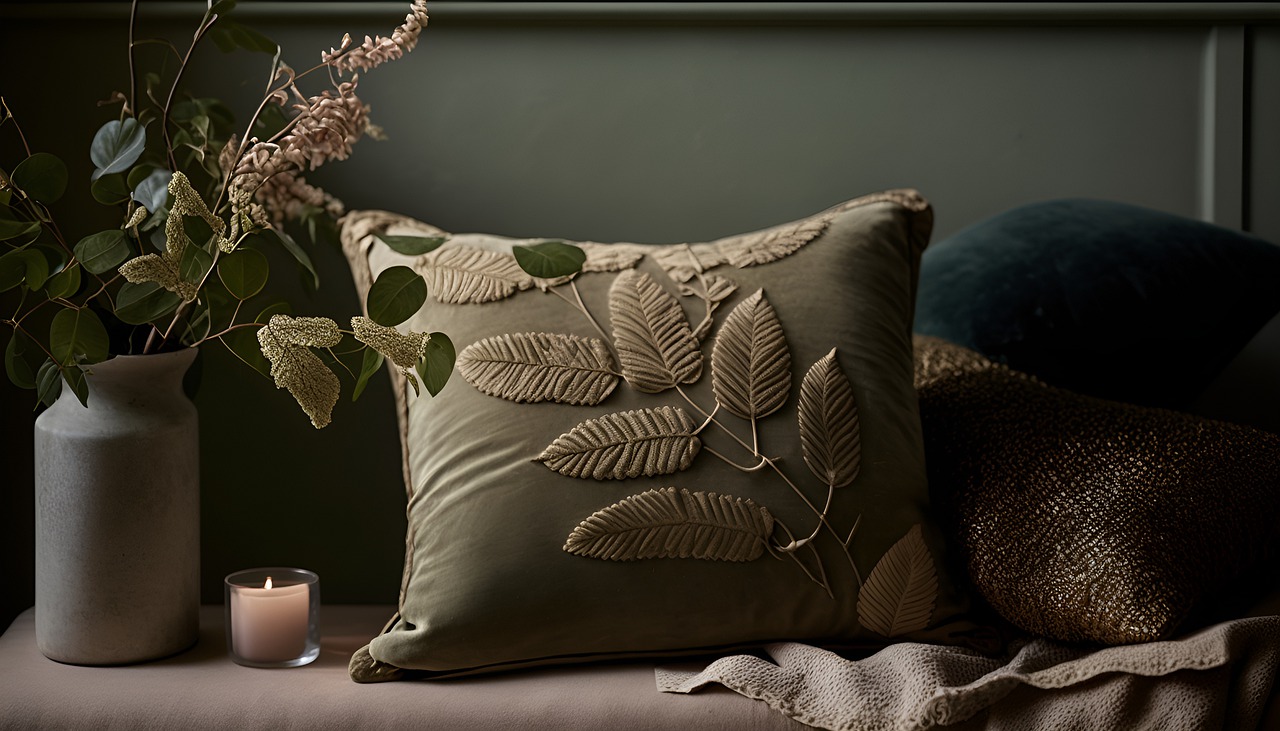Horsetail a Valuable Source of Silica
It is unattractive. It grows in wet, soggy or marshy areas. It is grating to the touch. It is largely inedible for most animals. Yet, horsetail is an excellent source for medicinal remedies, and a moderately good source for culinary use.
Horsetail is found across North America, in roadside ditches, on mossy fields, and along the margins of woodlands. However, it is largely ignored by many herbalists, most wildcrafters and almost all others. Horsetail’s most common use is as a cheap source of entertainment for children, who love to hear the “pop!” as they snap each of the many segments of the pencil-thin stalks.
The health benefits, though, of horsetail, are numerous.
Mature horsetail contains silicon, which is integral to strengthening bone. Silica also is essential for nail quality and hair growth and strength. The silica found in horsetail accumulates as the stalk seasons. In immature plants, there are only minimal quantities of this mineral. The silica content, therefore, makes horsetail valuable in hair conditioners and shampoos, and for treatment of fractures, cuts and even osteoporosis.
Horsetail has been used for centuries by North American natives for treatment of minor cuts, wounds and burns. It seems to have antiseptic properties and, when used with common plantain, stimulates healing. In conjunction with its healing, binding and antiseptic properties, horsetail also is reportedly effective for treatment of skin (and even internal) ulcers, and to stop bleeding. Of course, if horsetail is valuable in the treatment of skin wounds and bone, hair and nail strength, it should logically be of value as a cosmetics ingredient. This function, too, has been explored. Consequently, horsetail is a significant ingredient in many natural cosmetics.
Horsetail’s diuretic properties are well known, and often demonstrated. Its use to treat cysts, kidney stones, urinary tract infections and other kidney ailments has met with considerable success, with an abundance of anecdotal evidence to support these claims.
Although there are many benefits of using horsetail for medicinal purposes, there are several contra-indicators, as well. Consumption of large quantities of horsetail may cause a loss of Vitamin B and thiamine in the body. Therefore, people should consume horsetail in moderate amounts, not consume it with alcohol, and should take multivitamin when using horsetail on a regular basis. People with gout and heart disorders should limit consumption. Because horsetail contains traces of nicotine, do not allow young children to consume this herb.
By drying the herb or heating it, the thiaminase in it will be destroyed, thus minimizing the risk of thiamine loss. Heating the horsetail in an oven at 250F for one hour will sufficiently dry the herb so that it can be ground and pulverized more readily.
While horsetail has been used as a culinary green, its high lignin content makes digestion more difficult. As well, the silica can be abrasive, and is not ideal for sensitive stomachs, nor for sensitive or weak teeth, if chewed.
Nonetheless, horsetail can be harvested when the shoots are tender and green, in the early spring, and used in soups or salads. Ground and sprinkled on cereals, the dried stalks can be consumed in the same manner as ground flax. Combine rosemary with horsetail as a rub for meats and other barbeques.
For external use, add horsetail to your hair care products, or make compresses with 10 grams of horsetail per litre of water. An infusion made with 1-2 tbsp of ground horsetail and two cups of boiled water makes an acceptable tea.
Horsetail, once dried, will store for extended periods of time without a deterioration in the quality of the silica. Similarly, the sodium commonly found in many marsh plants will remain in the dried product.
The Author:
Bob Lee is a former business developer who, upon his retirement, built a yurt in the backwoods of Manitoba, designed his own solar and wind power systems, and has gone completely “off the grid.” He and his wife, Janice, operate a small pesticide- and herbicide-free market garden, and spend their summers harvesting wild plants. Visit his blogs at http://leanandgreenliving.blogspot.com/ or http://movingtoayurt.blogspot.com/ to read a few of their exploits and anecdotes.
Photo. © Photographer: Silencefoto
Article Source: Articlesbase.com








